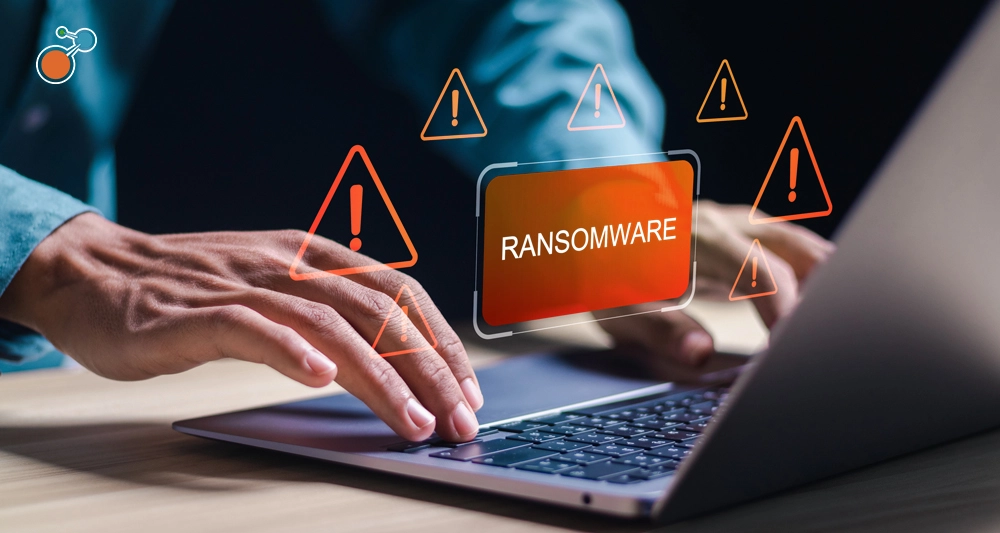Decisions about buying something as big as a RMIS usually involve a lot of people, with a lot of opinions. Inevitably, there will be at least one skeptic in the bunch. But instead of avoiding potential critics, embrace their diversity in thought, and bring them along in your purchasing journey. You’ll end up with a better decision that everyone can cheer for. Here’s how:
Invite participation. A RMIS requires support well beyond the risk management function so it’s important to solicit input from a variety of functions, perspectives, and opinions – including potential critics. The trick is not to let the detractor derail the whole discussion. It’s not enough to simply shoot down an idea. Critics need to explain why something won’t work and offer alternative solutions. That way, those critics will have a stake in the outcome and will likely feel more engaged during implementation and beyond.
Encourage thoughtful disagreement. A healthy dose of skepticism can actually be a good thing. Thoughtful disagreement can challenge the group to think differently. It can shine a light on potential problems and bring up important points that otherwise wouldn’t have been raised. Constructive discussion also increases your chances of making sound decisions that have staying power.
Put fears to rest. Change can be hard. People are naturally wary of the unknown – and new RMIS technology that affects day-to-day lives can be especially scary. Put those fears to rest by explaining that a RMIS is not a replacement for humans but an enhancement that will free up a user’s time for more interesting actions that require actual human brain power.
Focus on the big picture. If the discussion still seems to be headed down the wrong path, refocus the group on the indisputable advantages of a RMIS:
- Efficiency. A RMIS streamlines and automates routine processes like collecting data and formatting reports so you can spend more time improving safety, reducing losses, and doing other tasks that add real value to the organization.
- Insight. A RMIS brings validated, formatted, up-to-the-minute data together into one platform so you have the insight to make better decisions faster.
- Value. A RMIS provides immediate cost savings through automation and workflow improvements and long-term cost savings through analysis and insights into trends that previously may have gone unnoticed. Added up, these savings almost always recoup the cost of a RMIS – often in as little as two years.
Understanding what’s behind the skepticism and addressing the issues head on can transform negativity into something positive for the whole organization. Before you know it, even the most forceful naysayers will be cheering loudly for RMIS success.





